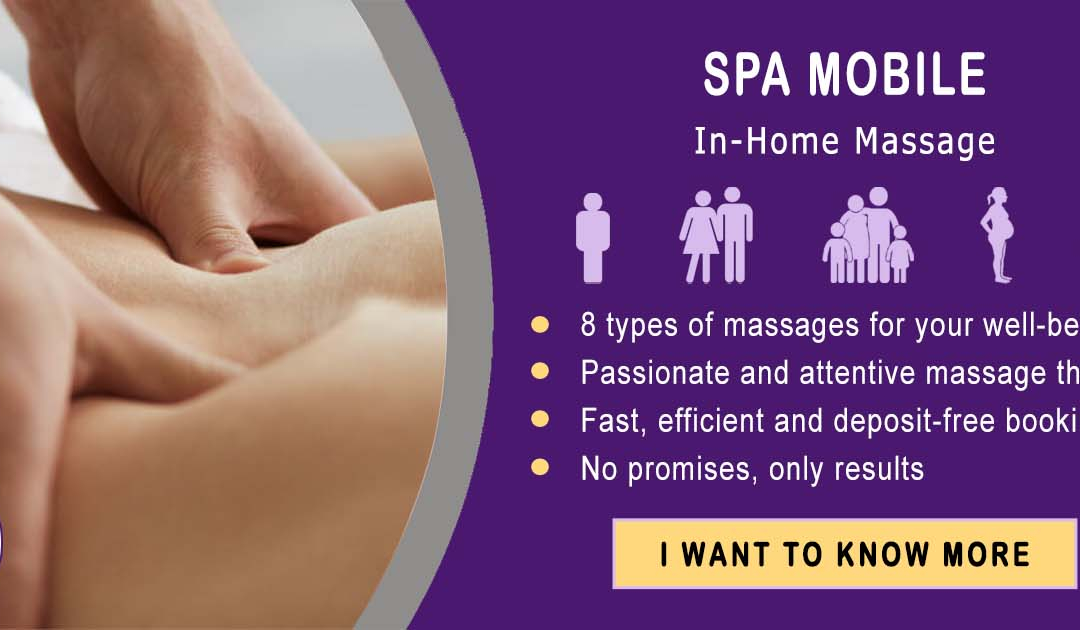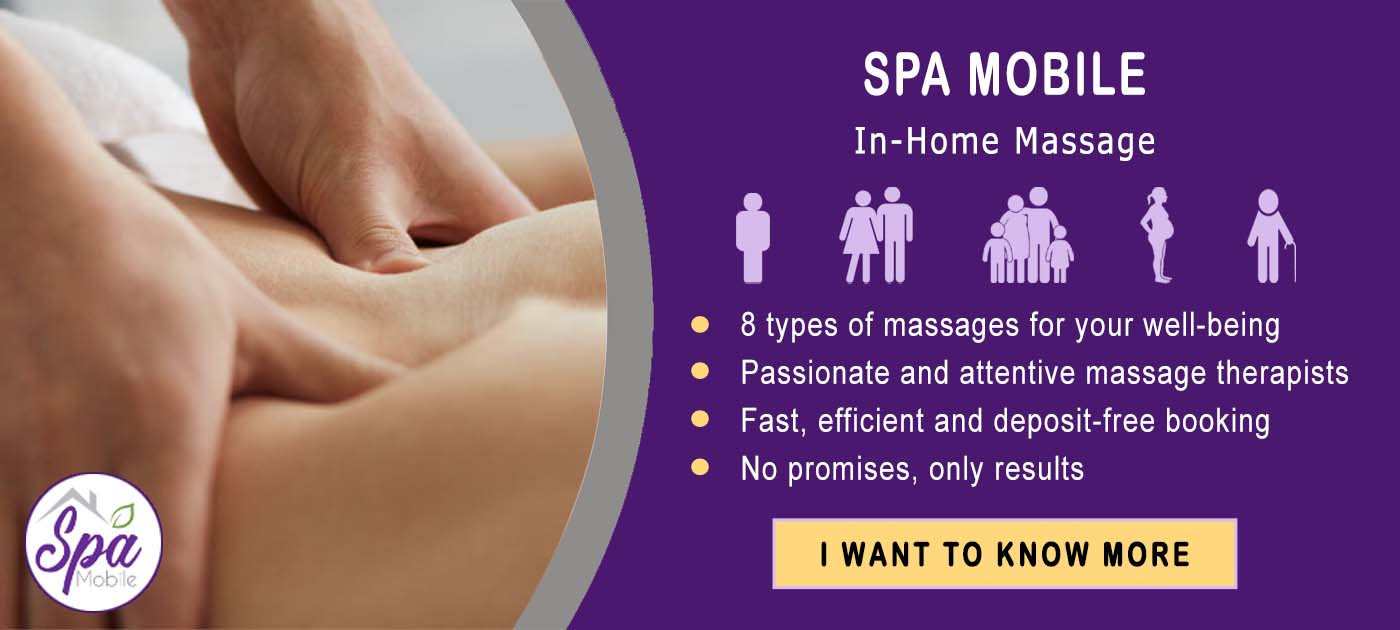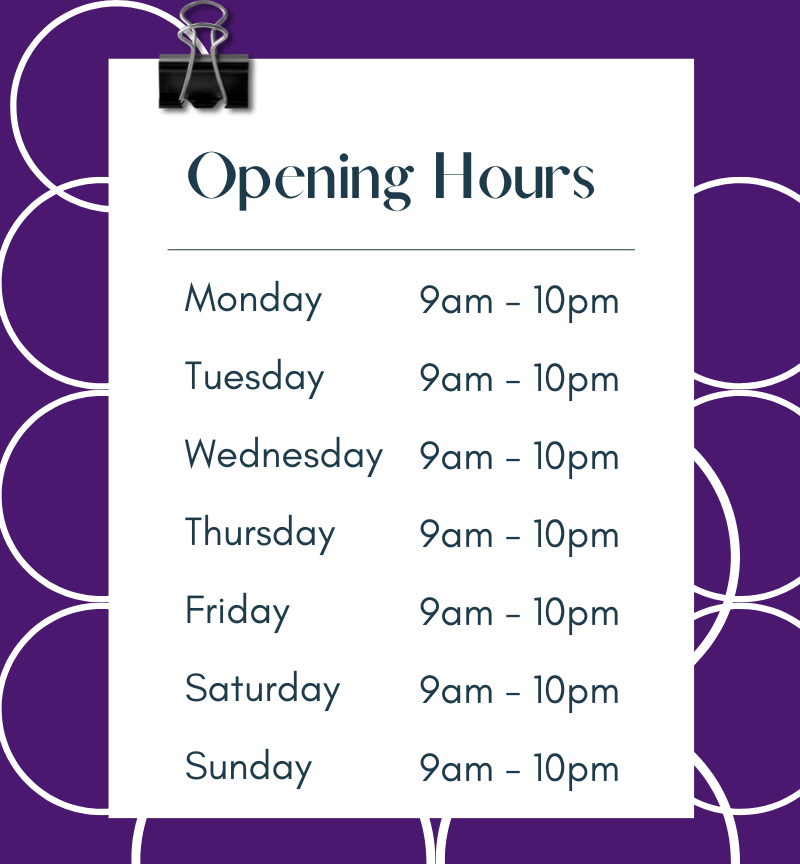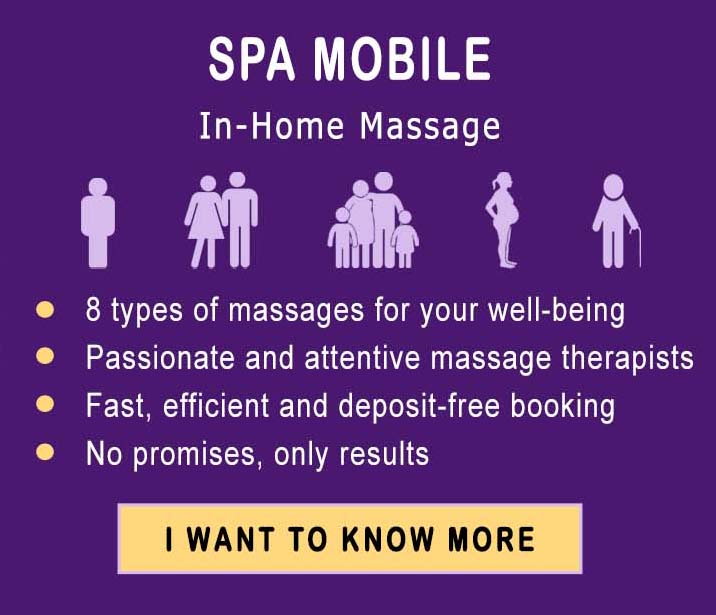Benefits of Massage Therapy for Children
1. Promotes relaxation and reduces stress: Like adults, children can experience stress and anxiety. Massage therapy can help them relax and unwind, reducing feelings of tension and promoting a sense of calm.
2. Improves sleep quality: Regular massage sessions can help children fall asleep faster and enjoy a more restful night’s sleep. This can be especially beneficial for children with trouble sleeping or insomnia.
3. Boosts immune system: Massage therapy has been shown to boost the immune system by increasing the production of white blood cells. This can help children fight off illnesses and stay healthy.
4. Relieves muscle tension and pain: Whether your child is experiencing growing pains, sports injuries, or tight muscles from sitting at a desk all day, massage therapy can help alleviate muscle tension and pain.
5. Enhances cognitive development: Research has shown that massage therapy can improve cognitive function in children by increasing blood flow to the brain and promoting overall brain health.
How to Incorporate Massage Therapy into Your Child’s Routine
1. Find a qualified massage therapist: When choosing a massage therapist for your child, ensure they are trained and certified in pediatric massage therapy. Look for someone with experience working with children who can create a safe and comfortable environment for your child.
2. Communicate with your child: Before the massage session, talk to your child about what to expect and encourage them to ask questions or express concerns. It’s important for your child to feel comfortable and relaxed during the massage.
3. Create a calming atmosphere: Set the mood for the massage by playing soft music, dimming the lights, and using essential oils or candles to create a relaxing environment. This will help your child relax and fully enjoy the experience.
4. Practice self-massage techniques at home: Teach your child some simple self-massage techniques that they can do on their own, such as gently rubbing their temples, massaging their hands, or using a massage ball on their feet. This can help your child relax and unwind daily.
Conclusion
Massage therapy can offer children a wide range of benefits, from promoting relaxation and reducing stress to improving sleep quality and boosting the immune system. By incorporating massage therapy into your child’s routine, you can help them feel their best and support their overall health and well-being. Remember to choose a qualified massage therapist, communicate with your child, create a calming atmosphere, and practice self-massage techniques at home to ensure a positive and enjoyable experience for your child.
FAQs
Q: Is massage therapy safe for children?
A: Yes, massage therapy is generally safe for children when performed by a trained massage therapist. However, it’s important to consult with your child’s healthcare provider before starting any new treatment or therapy.
Q: How often should my child receive massage therapy?
A: The frequency of massage therapy sessions for children can vary depending on the individual’s needs and preferences. Some children may benefit from weekly sessions, while others only need monthly sessions. It’s best to consult your child’s massage therapist to determine the appropriate schedule.
Q: Can massage therapy help children with specific health conditions?
A: Massage therapy can be beneficial for children with a wide range of health conditions, including anxiety, ADHD, autism, and muscular dystrophy. However, it’s important to consult with your child’s healthcare provider and massage therapist to determine the best approach for your child’s specific needs.






